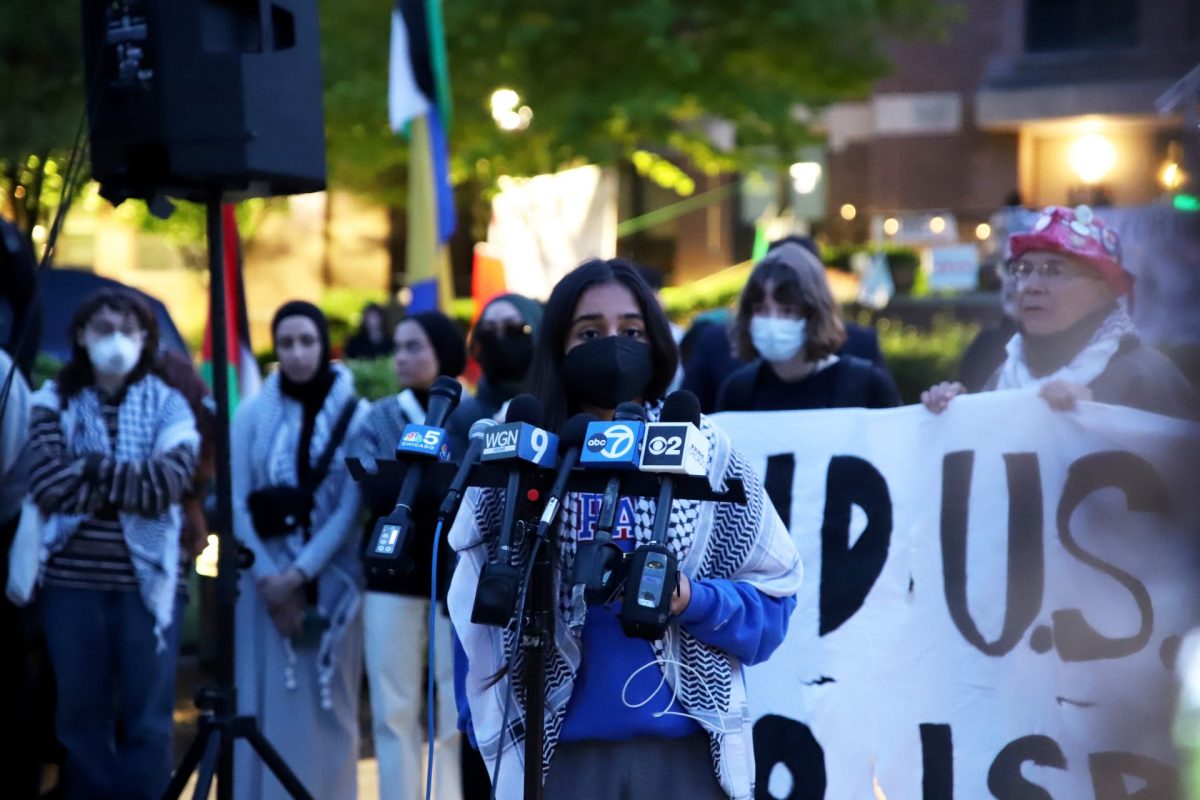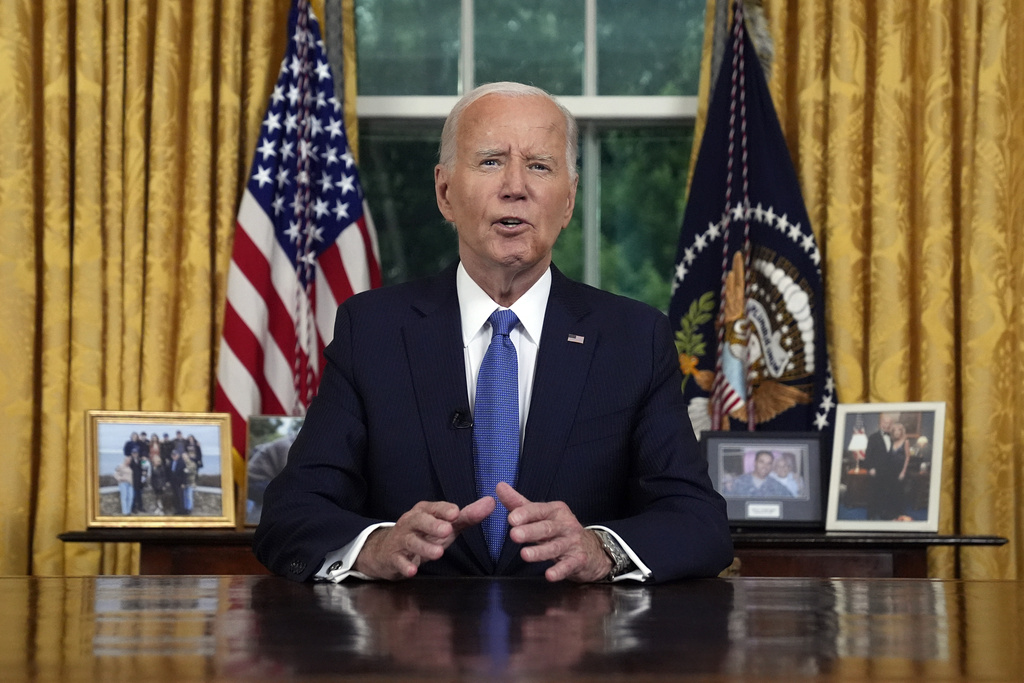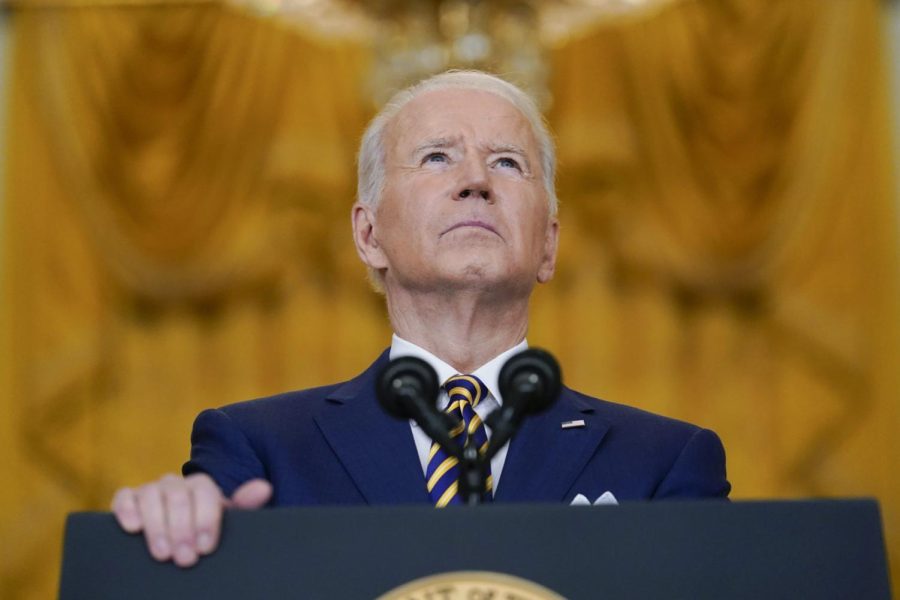Last year, DePaul faced a $56.5 million budget gap and a decline in enrollment after the pandemic, a trend in academic institutions across the country. Now at the start of the next academic year, a university spokesperson confirmed the budget gap is closed.
To narrow the growing gap between DePaul’s revenue and expenses, university leadership engaged in cost-cutting measures like the Voluntary Separation Incentive Program (VSIP).
According to a budget update shared by DePaul President Robert Manuel Aug. 9, 77 total staff and administration members participated in VSIP and 15 employees left the university through workforce reductions in an effort to close the FY24 budget gap. For these staff members, their last day at DePaul was July 24, according to Manuel.
This program was only offered to full-time staff and administration at DePaul; faculty members were not eligible because of the essential role faculty play in student’s education and uncertainty over who will take up the offer.
Of the 1,389 staff members employed at DePaul as of last year, 205 were eligible, but only 77 took up the VSIP offer. Departments affected by staff reductions were notified the week of July 10.
On June 16, Manuel shared an update with the university regarding the FY24 budget and the VSIP program. This update came a week after the June 8 deadline for eligible staff to submit their formal agreements accepting the VSIP offer. As of June 16, Manuel said 76 people had finalized their agreements to participate in the program in his address.
Race/ethnicity and gender breakdowns shared by the university show 67% of these staff members are female and 33% are male. In addition, the majority of these staff members are white making up 74% of all staff members who took up VSIP: 16% are Black or African American, 9% are Hispanic or Latino and 1% chose not to disclose their race.
“I am pleased to announce that, in relation to the total staff population, workforce reductions will be kept at a minimum,” Manuel said in the June 16 budget update addressed to the university.
Staff and administrators at DePaul accepted the VSIP offer for many different reasons, but most who spoke with The DePaulia said they wanted to help the university recover during the financial crisis.
Craig Mousin, the former Ombudsperson for DePaul, said he took the offer because it seemed like the appropriate time. As someone who worked for the university for 33 years, Mousin said taking the VSIP offer felt like the best way to help the university move forward and allow for someone new to fill his former role. Until the Ombudsperson position is filled with a new candidate, the role is temporarily put on hold.
“It really is time for other individuals to step up and help decide where DePaul is going for the next century,” Mousin said.
Lorne Henne, a former Customer Relationship Management (CRM) business analyst who worked for DePaul for 32 years before taking the VSIP offer, said it seemed like an opportune time to take an early retirement.
“Every time it happens, you lose a bunch of people that you've worked with over a period of time, and that's kind of sad,” Henne said. “But my sense is that most people realize it's for the best for the university. And they're quite willing to step up, help their fellow employees.”
According to Henne, this past year was not the first time DePaul had to use a program similar to VSIP to help close the gap between the university’s revenue and expenses.
In 2019, former DePaul president A. Gabriel Esteban offered both long-standing university staff and faculty the option to partake in an Early Retirement Incentive Program (ERIP). University records show this program was also offered in 2014 to help achieve budgetary goals for the next fiscal year.
Henne said these cost-cutting measures typically come during times of low enrollment where the university is forced to economize quickly to combat financial instability.
“Demographically, we're facing in the next couple of years, the lowest number of college students entering the system nationwide, so we've got to become leaner and more competitive,” Henne said.
According to Henne, while DePaul is facing a significant budget gap, he said university leadership is proactively planning for the next fiscal year.
However, while most took the offer with the hopes of helping DePaul’s financial future, some said it seemed like the best way to avoid losing their jobs without the option of a payout.
DePaul plans to allocate 25% of the dollars saved through VSIP to fill positions vacated by staff and administration last year, according to Manuel’s June 16 address. To determine how these positions are prioritized, Manuel said they are looking at impact statements provided by each college, school and division.
Editor’s note: This version of the story corrects name Lorne Henne.













